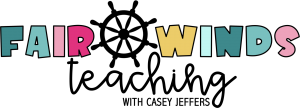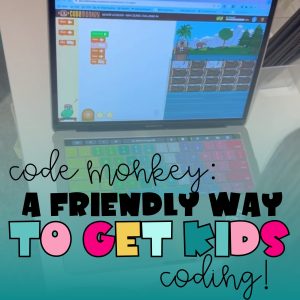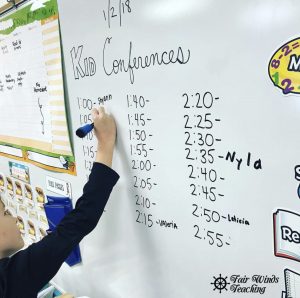Lately, I have been having conversations with a few fellow educators on how to model good digital citizenship with their students. I told them that I first have my students use our paid databases to obtain materials and content to use for their work. My students and I also talk about why we use each material and how to access the it when needed. A lot of students complain that they can’t find anything they need on the sites that the school provides because maybe they are researching something not available on the databases we own. They always say to me, “Why can’t I just google it?” Then we have the conversation that not all results are available for us to use because of copyright laws. We talk about the idea of having to ask permission to use someone else’s work. I always save student’s work to show good examples for the next time I teach that lesson (the following year), however I always ask that student’s permission for use and I tell them my intent and purpose for sharing. Some students say, “No” and others say, “That would be fine.” Either way, I respect the student’s choice and it models good copyright behavior.

I also have the students use websites that provide fair use content like Creative Commons and Google Research tool (select ‘Free to use, share, or modify, even commercially’ filter).

This allows the students to use images that are allowed to be copied and shared or used; it also models good digital citizenship. I encourage students to use personal artifacts, such as taking their own picture or creating their own drawing to upload into their assignments. Lastly, if a student must use material that does not belong to them, they must ask to use it prior or cite their source in their artifact.
As far as teachers, I would help them by providing videos and tools to help them understand the very confusing “fair use” term and how to make sure that you are doing something for educational purpose, not for entertainment.










